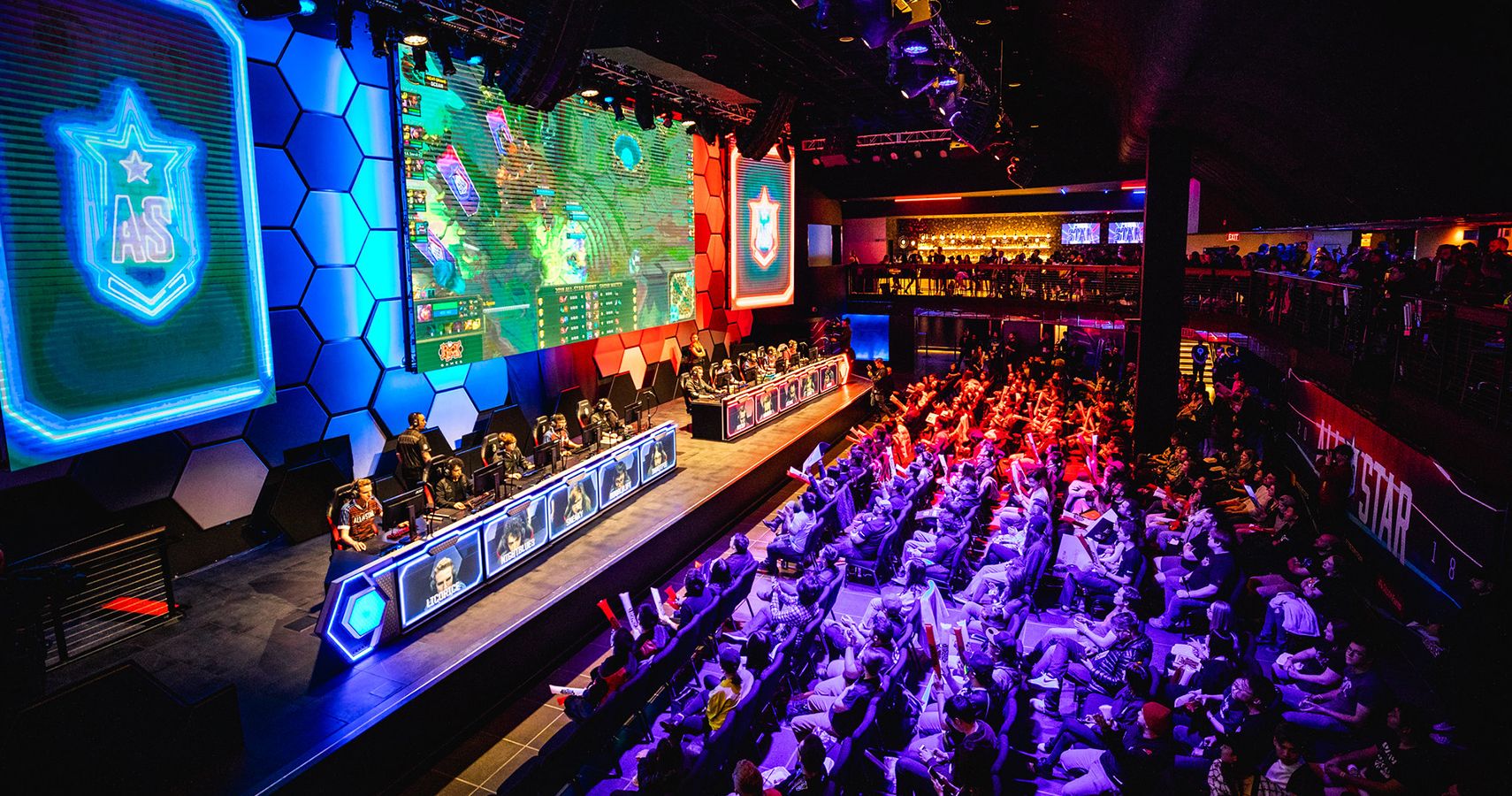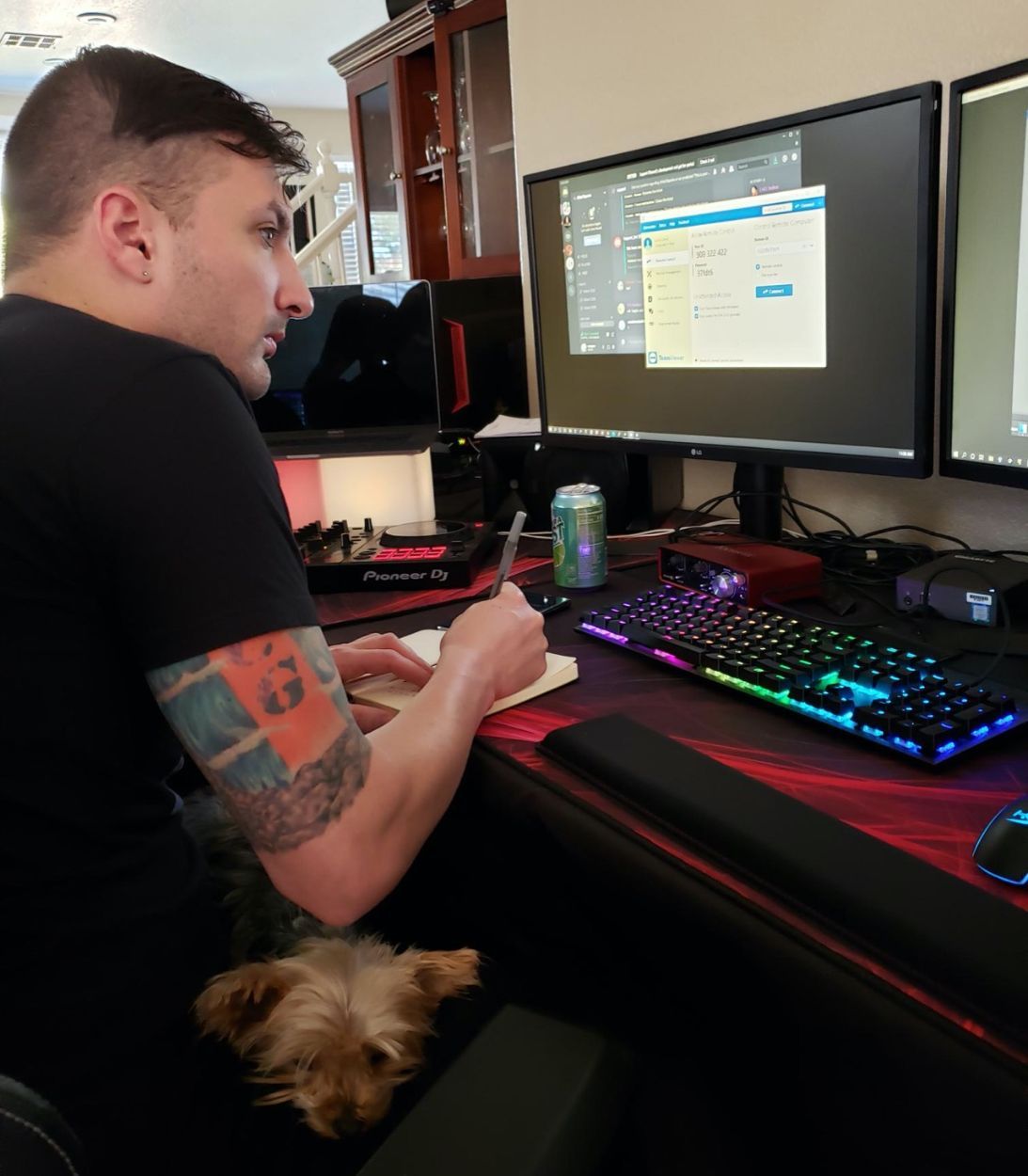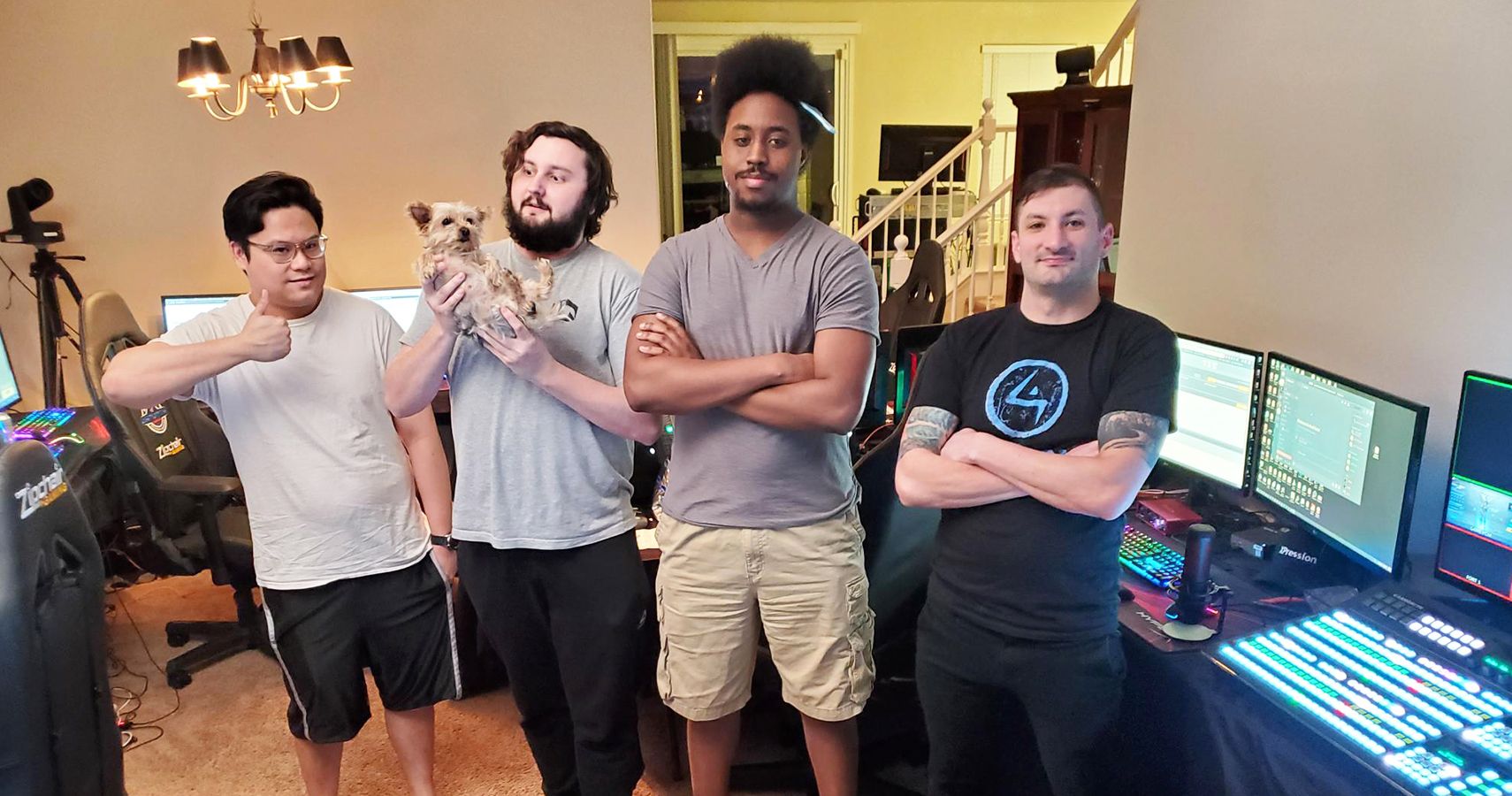As is the case in so many other parts of the US, businesses in Las Vegas are mostly shuttered. Even if they were open, there’s no guarantee people would visit them for fear of catching a highly contagious virus.
After officials scrambled to curb the pandemic by shutting down nonessential businesses, Allied Esports CEO Jud Hannigan, like so many other managers across the country, had to figure out how to handle the transition. The company’s number one pillar involves live esports events such as those it puts on at the HyperX Esports Arena, a mecca for competitive gamers around the world.
When Las Vegas first issued its stay-at-home order, the Allied Esports and HyperX Arena teams found themselves scrambling. They could have simply shut the business on a temporary basis, taking a few key pieces of equipment from the state-of-the-art facility in an effort to start planning for a post-pandemic future. Instead, they decided to improvise as to how they could keep running esports tournaments during the crisis.
“The real shift was, ‘How do we keep our existing programming alive? How do we take what we’re doing every night of the week and translate it and keep the lights on?’” said Hannigan.
Would it even be possible to continue high-quality broadcasts and technically-sound tournament programming without the high-tech infrastructure that the arena provided? No one could be entirely sure. But that wouldn’t stop them from finding out.
Putting The HyperX Arena Setup In A Single Living Room
Justin Carter, the arena’s engineer in charge, got to work.
“When the question was first proposed, I looked at the millions of dollars of technology inside the arena, and I said, ‘What is the bare minimum I need to continue the level of broadcast that we’re used to?’” Carter said.
Space would be crucial. Five members of the team agreed to quarantine in a home together. The a 15×25-foot living room would provide the backdrop.
He discovered a spare server rack and started plugging in things until he had a functional system.
A switcher. An audio console. Graphics and replay tech. Numerous extension cords. They’d bring 20 PCs, plus an industrial-strength fan to help keep the area cool.
“When I first got here, I asked Kevin and John, the actual people leasing the house, ‘Hey, can I go switch off breakers randomly and test all the circuits out?’” he said. “And I realized, like, every single outlet in this room is one circuit.”
For the Allied Esports team, adapting is nothing new. Even at its live events, the team would constantly have to turn over for different games and programming.
“The idea of taking that leap to what we’re doing now was not necessarily such a huge leap for us, I feel, because we’re so used to being flexible,” Hannigan said. “Now, we’re not used to ripping equipment out of the wall and building it up, but the essence of doing that, I don’t think was as daunting because we do it so often.”
Carter stresses that leveraging partnerships was crucial. For example, as he was setting up, he turned sought guidance from Ross Video, Discord and Twitch, who were eager to help.
Allied Esports Goes Online… And There Are Even More Upsides
Though it was a sudden and rapid transition, it was a success. The tournament series is now online and open to anyone. There are events almost daily, and games include Call of Duty: Warzone, Fortnite, League of Legends and many more.
It also led to some other unexpected upsides.
Professional traditional sports athletes who were no longer working started turning to games amid the pandemic. For these players, who want to continue to be able to engage with their fans, gaming is an opportunity to connect. Some athletes began playing in tournaments. They understood that gaming would provide opportunities for engagement, interviews and other unique content.
“We’re having a lot of fun and allowing them to plug in and engage and continue to stay connected,” Hannigan says. “All of a sudden has a knockdown effect because the players are doing it, then all of a sudden, the teams are doing it.”
Take, for example, Major League Soccer (MLS). Hannigan cites how Allied Esports is working with the Los Angeles Football Club (LAFC) to put on the Gaming Charity Challenge Series. Through the 10-game FIFA 20 tournament, the LAFC is raising money to support Los Angeles-based charities working to mitigate the impact of the COVID-19 crisis. The EMLS is comprised of players who represent actual MLS teams, so the esports tournament mirrors an actual MLS tournament but takes place with pro gamers and virtual gameplay.
Hannigan also references Allied Esports Presents: The Clubhouse and its recent collaboration with Major League Baseball (MLB) in honor of Jackie Robinson Day on April 15. Typically, Jackie Robinson Day is a huge event in MLB, but the restrictions forced cancellations across the country. So, the pros turned to online gaming as a substitute.
Twitch star NickEh30 and other popular creators teamed up with pro baseball players to compete in Fortnite. MLB players who joined the competition included Lucas Giolito (Chicago White Sox), Max Fried (Atlanta Braves), Jazz Chisholm (Miami Marlins), Chris Paddock (San Diego Padres) and McKenzie Gore (San Diego Padres). Proceeds will go toward the Jackie Robinson Foundation and its efforts to aid with distancing learning needs during the COVID-19 pandemic.
“Our event included really awesome tributes and interviews with managers, coaches, players. And ultimately letting people play, too, and compete for a charitable cause,” he says.
These collaborations were certainly possible prior to the pandemic. But certainly, the outbreak accelerated their scale and reach as people sought ways to give back to their supporters and communities.
How Adapting Esports In The Short Term Benefits Gamers Over the Long Term
While the rate at which people are turning to esports may initially appear temporary, the results of these efforts will likely continue long after the pandemic is relegated to the history books.
“As a world, we were starting to get very, very — my perspective — attached to devices. I think people are now craving social interaction more than ever. And I think esports will benefit from that, especially the live event aspect of it. I think it’s going to drive people out and more droves later, because you’ll just respect it, you’ll value it a lot more,” he says.
He notes that as of late, up to 80% of participants are from outside the company’s existing communities.
“In a time when people are not able to physically interact, I think social interaction digitally and competitively is so critical,” Hannigan says.
“When we go to open up arenas, this online tournament offering’s not going to go away. It’s going to be a funnel that drives more foot traffic and interest in our in-arena experiences,” he says. “I think that’s where we stand to benefit from in a big way on the heels of this.”
Ultimately, in a crisis, the best way to adapt is to work with others.
“I don’t feel like we’ve ever been so glued together as a company as we are now because we’re all faced with a universal challenge together and trying to come together to figure it out,” Hannigan says.
To learn more about the online tournament series, visit the HyperX Arena Las Vegas website.
Source: Read Full Article


